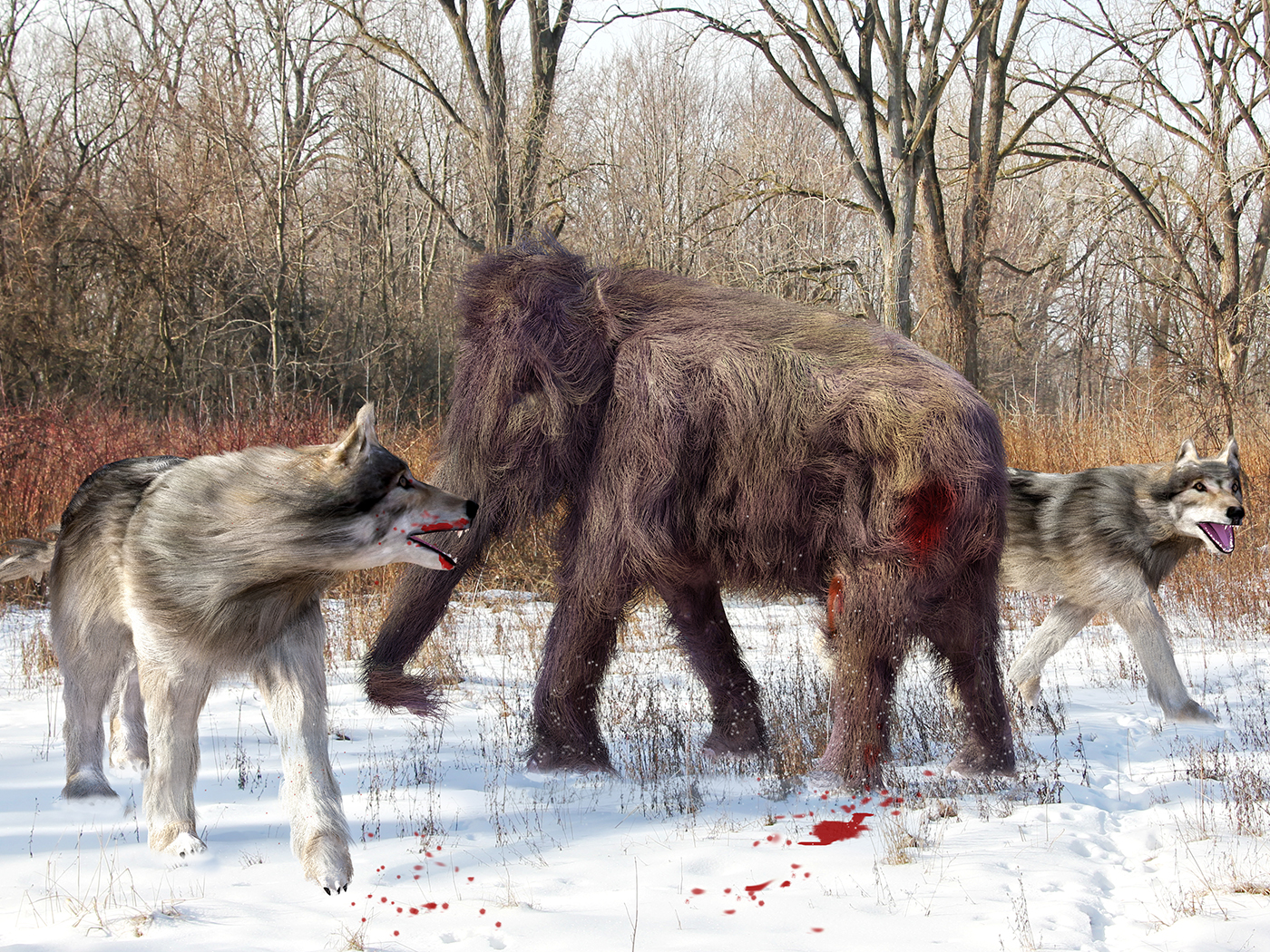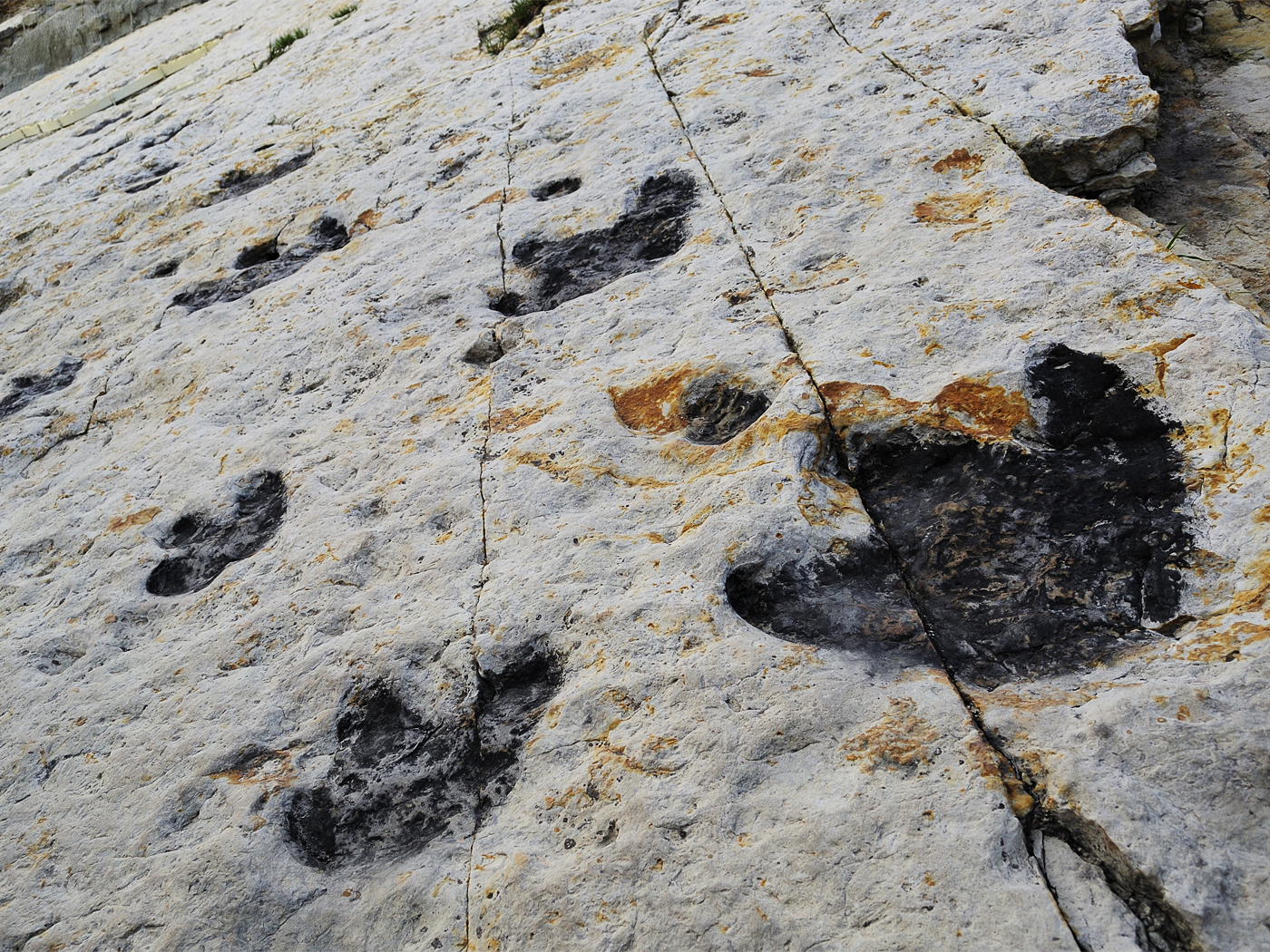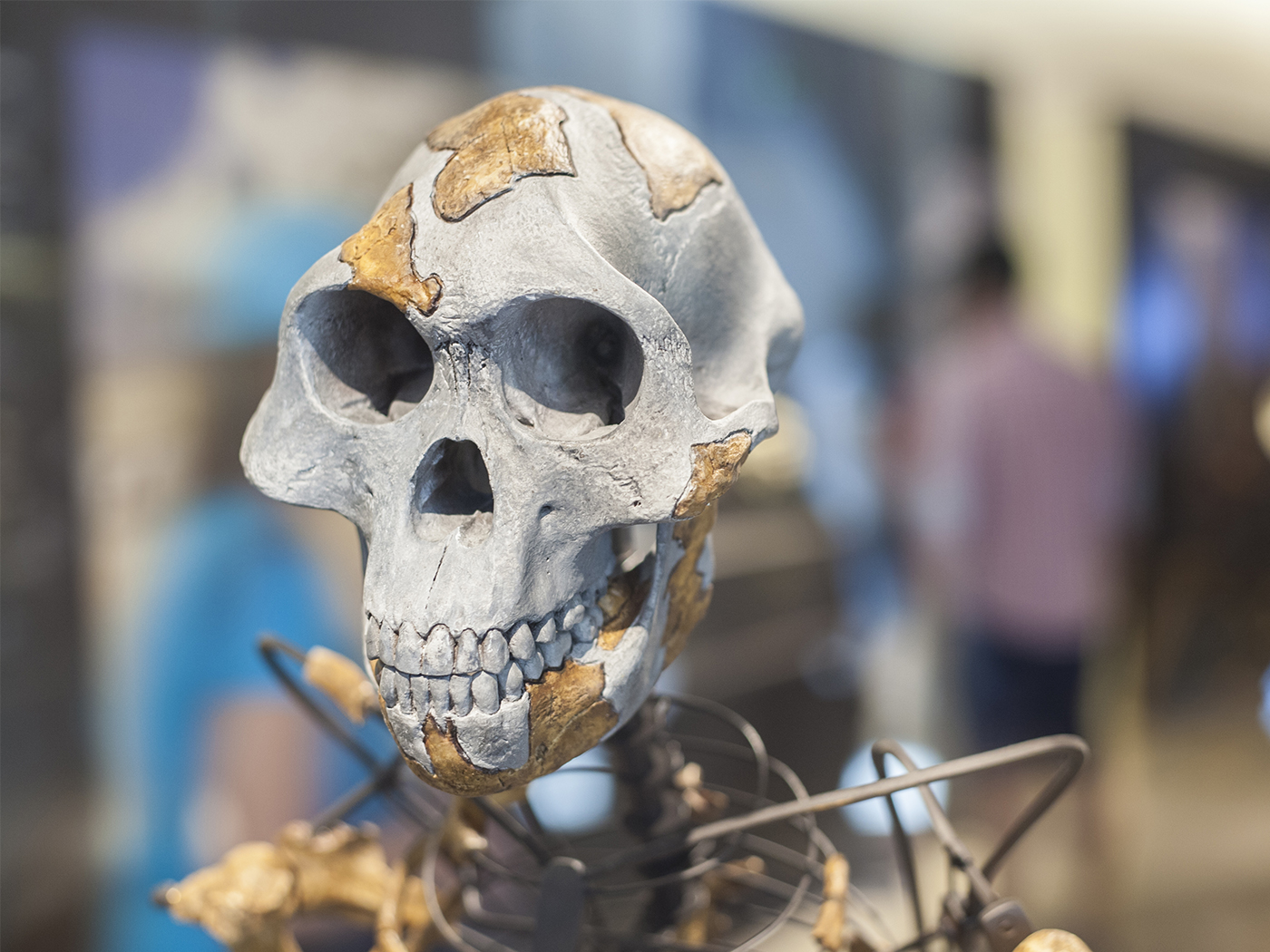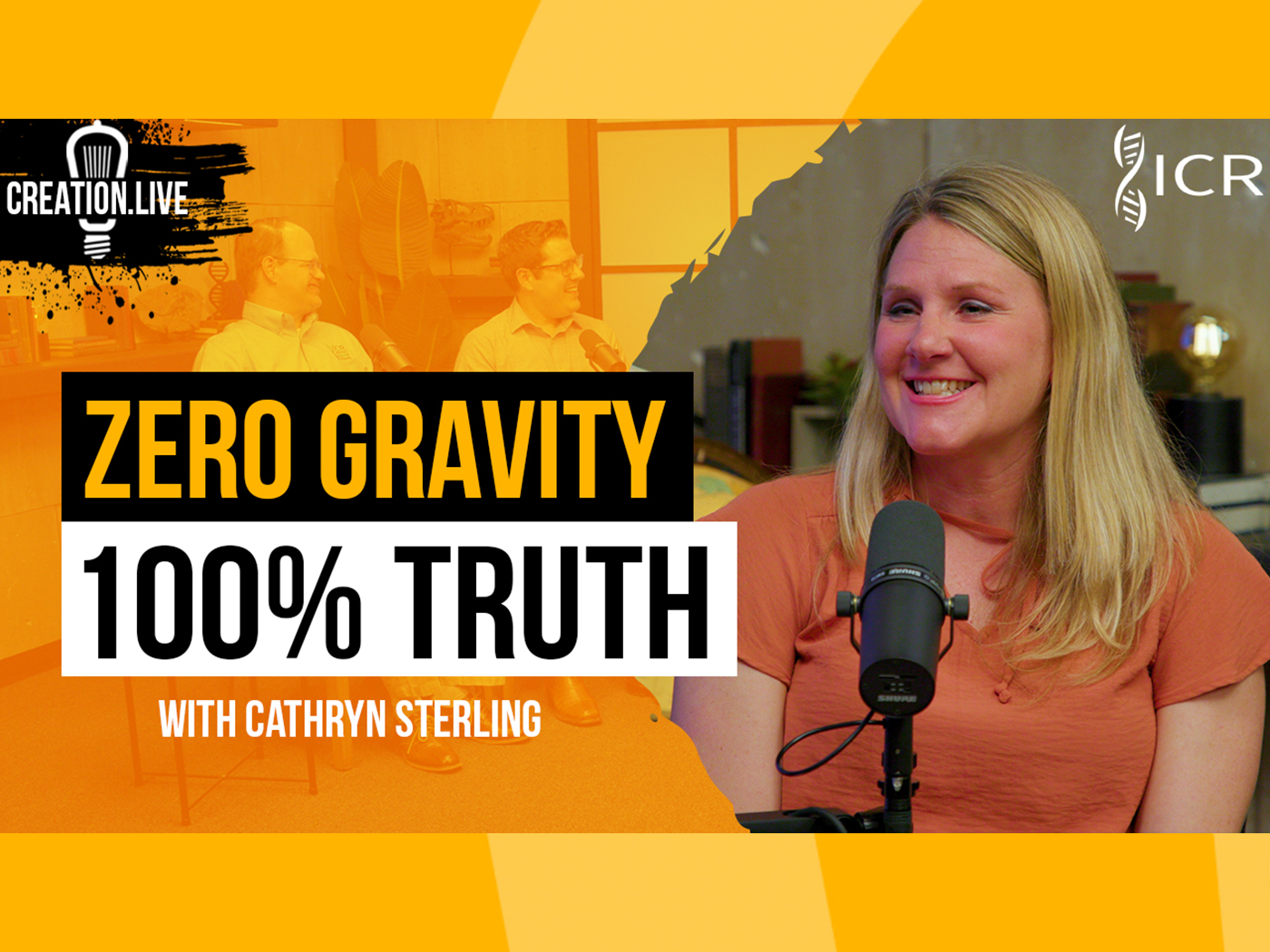Over the past 20 years, DNA sequencing technology has improved regarding the bulk amount of sequence it can produce. However, the length of the DNA snippets (called reads) that are obtained is still quite short. Depending on the technology, the reads vary between about 75 to 1,500 bases.1 These short DNA segments are very difficult to assemble into chromosomes, which can be hundreds of millions of bases long. Because many areas of the genome contain extended regions where the DNA sequences are repeated or duplicated, they cannot be effectively assembled into contiguous stretches using short reads. As a result, important genes and regulatory regions in these areas are completely left out when a genome is reconstructed. The computer programs that researchers use simply cannot effectively assemble the entire chromosome as one contiguous piece because the reads are too short.
In the past several years, new sequencing technologies have become commercially available that provide much longer reads of 10,000 to 215,000 bases.2,3 These new long-read sequencing technologies allow for the more accurate assembly of the human genome, revealing some incredible surprises about human genetic diversity.
Before the advent of long-read sequencing, human variation was typically assessed by examining differences in the DNA between people at the single-base level. For example, one person might have a C (cytosine) at a specific position in their DNA while another would have an A (adenine). These are called single nucleotide polymorphisms, or SNPs. When the diversity of SNPs was evaluated for thousands of people around the world, it was determined that the average difference in overall DNA sequence between any two humans was about 0.01%.4 However, a variety of recent papers have been published using long-read DNA sequencing technology that greatly improved the accuracy of assessing variation in the human genome, especially in areas that have been difficult to decipher using short-read technology.5-8
The results from these new papers using long-read technology have been startling and are shaking up the entire human genomics community. The most surprising finding was that the research demonstrates that large regions of the human genome can be markedly different between any two humans—or even within the same person. Because most animals, including humans, have two sets of chromosomes, one from the father and one from the mother, the maternal and paternal chromosomes in the same person can be very different. The bottom line is that any two human genomes can be up to 4.5% different from one another, in marked contrast to the previous estimate of 0.01% based solely on single-base changes.5
These newly found large differences in human genomes conflict with the evolutionary idea that humans and chimpanzees are 98.5% similar in their DNA. If humans can be up to 4.5% different from each other, how is it that chimps are supposedly only 1.5% different from humans? The fact of the matter is that the 98.5% similarity figure is based on cherry-picked data designed to bolster evolution. Newly published research by this author clearly shows that chimpanzee DNA overall is, at most, only 85% similar to human.9
In summary, recent research shows that outwardly visible human diversity is due not only to millions of single-base differences, but also to thousands of large structural differences. Most of these variants were likely built into the genomes of the original created couple, Adam and Eve—easily accounting for the diversity we see in humans across the globe and fully supporting the biblical narrative of diversity within kinds.
References
- Pettersson, E., J. Lundeberg, and A. Ahmadian. 2009. Generations of sequencing technologies. Genomics. 93 (2): 105-111.
- Jansen, H. J. et al. 2017. Rapid de novo assembly of the European eel genome from nanopore sequencing reads. bioRxiv. Posted on biorxiv.org January 20, 2017.
- Chin, C.-S. et al. 2016. Phased diploid genome assembly with single molecule real-time sequencing. Nature Methods. 13 (12): 1050-1054.
- Witherspoon, D. J. et al. 2007. Genetic Similarities Within and Between Human Populations. Genetics. 176 (1): 351-359.
- English, A. C. et al. 2015. Assessing structural variation in a personal genome—towards a human reference diploid genome. BMC Genomics. 16: 286.
- Huddleston, J. et al. Discovery and genotyping of structural variation from long-read haploid genome sequence data. Genome Research. Posted on genome.cshlp.org November 28, 2016.
- Seo, J.-S. et al. 2016. De novo assembly and phasing of a Korean human genome. Nature. 538 (7624): 243-247.
- Shi, L. et al. 2016. Long-read sequencing and de novo assembly of a Chinese genome. Nature Communications. 7: 12065.
- Tomkins, J. P. 2016. Analysis of 101 Chimpanzee Trace Read Data Sets: Assessment of Their Overall Similarity to Human and Possible Contamination With Human DNA. Answers Research Journal. 9: 294-298.
* Dr. Tomkins is Director of Life Sciences at the Institute for Creation Research and earned his Ph.D. in genetics from Clemson University.















